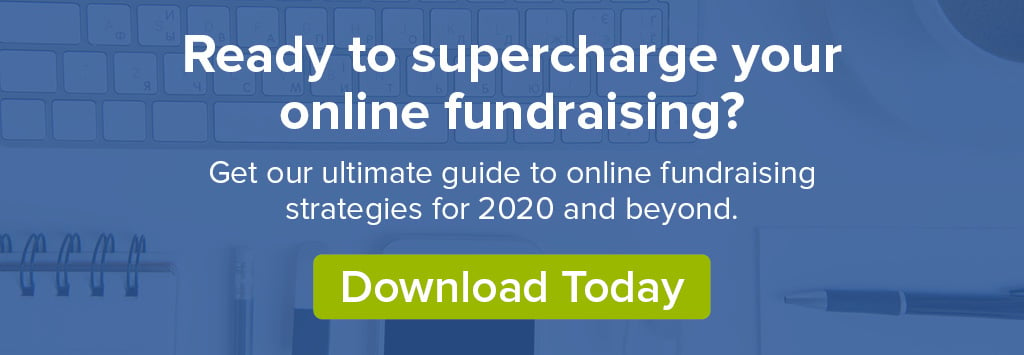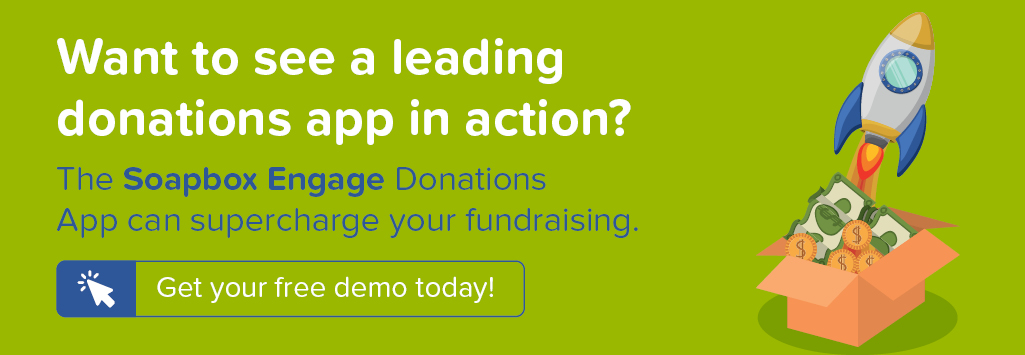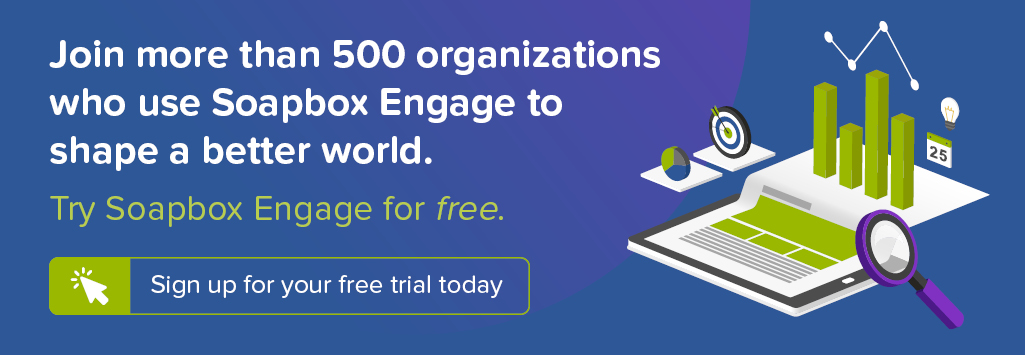
When your company is worth more than $1,200,000,000,000 (I had to count the number of zeros, just to make sure I had it right), you have a unique opportunity to shape a better world. Some might go as far as to say it’s a responsibility to do so.
But what do you tackle?
Well, if you’re Microsoft, and you can scale the benefits of your services and products around the world, the sky’s the limit! Getting focused, and delivering actual solutions that can be used to do good requires insight and expertise working with those on the front lines. Plus, a good bit of leadership.
It’s no surprise then that Microsoft announced the launch of Microsoft Philanthropies in December 2015 to lead this charge, with among other things a plan to donate $1 billion of the company’s cloud services. Then, in September 2017, Microsoft Philanthropies announced the launch of Microsoft Tech for Social Impact (Microsoft TSI), with a focus to help more nonprofits around the world more fully leverage the power of the cloud.
As we enter 2020, the Microsoft TSI train seems to have picked up steam as the nonprofit community takes notice. But what exactly does Microsoft TSI plan to do?
Index
- What is Microsoft Tech for Social Impact?
- Microsoft Tech for Social Impact Product Offerings
- Nonprofit Common Data Model (CDM) and Open Source Collaboration
- Reinvestment Strategy
- The Future of Microsoft TSI’s Efforts
What is Microsoft Tech for Social Impact?
Microsoft Tech for Social Impact is business unit within Microsoft Philanthropies whose focus is to help the world's nonprofit organizations better leverage Microsoft cloud technology to reach their goals. This is delivered in a variety of ways, including free and discounted products, open source community collaborations, and reinvesting its resources back into the nonprofit community from license revenues it receives. Let's dive into each of these in more detail so you can see how your organization could benefit from these efforts.
Microsoft Tech for Social Impact Product Offerings
With announcements in 2017, Microsoft TSI has begun offering a number of products at free or substantially discounted prices for non-profit organizations. That’s right, if you’re a 501c3 non-profit, and meet the eligibility guidelines, you can get a huge swath of Microsoft products and services affordably to help your achieve your mission.
Microsoft Office 365
This is the tried and true productivity software suite, including Word, Excel, Powerpoint, and Outlook. Non-profit organizations receive 10 free licenses to this suite for free under the bundled Microsoft 365 Business offering.
Other Microsoft 365 Business Products
In addition to the core Microsoft Office suite, the Microsoft 365 Business offering for non-profits also provides OneNote, Publisher, OneDrive for Business, and Access software. Again, each qualifying non-profit organization receives 10 licenses of these for free.
Microsoft Dynamics 365
The constituent relationship management (CRM) service provided by Microsoft is called Dynamics 365, and while it’s not provided for free to non-profits, it is currently delivered at a starting $23.75/user/month pricing. There’s tons of opportunities here for non-profits to build their own cloud-based database service, or leverage existing solutions like the Dynamics Nonprofit Accelerator.
Microsoft Azure
Beyond app-based solutions, Microsoft also has a huge array of cloud computing services that non-profits can leverage. It’s massive, covering everything from mapping, artificial intelligence, databases, security, networking, and a ton more. Qualifying organizations receive a $3,500 credit towards Microsoft Azure services, which could be a huge benefit for organizations looking to leverage the Microsoft cloud.
Microsoft Power BI
When it comes to building dynamic and in-depth dashboards and reports, the Microsoft Power BI (think “business intelligence”) packs a ton of power under the hood. Non-profit organizations can receive the desktop app for free, and can get access to the Microsoft Power BI service for $3/user/month.
Nonprofit Common Data Model (CDM) and Open Source Collaboration
Aligning with Microsoft’s open data initiative, as well as broader technology and information services industry best practices, Microsoft TSI has lead the effort to build the Nonprofit Common Data Model (Nonprofit CDM) specifically for the nonprofit industry. A data model provides a concept of data and its relationship to other points of data, such as the fields in a database that represent a donor, their donation, and the use of their donation by a non-profit.
With the help of Threshold.World, Microsoft TSI has run through multiple iterations of the Nonprofit CDM, all of which is accessible freely in the Nonprofit CDM GitHub repository.
There’s a ton to unpack around the Nonprofit CDM, but it’s important to note that this effort is open to non-Microsoft companies and individuals looking to deliver a common data model solution for the non-profit community.
Additionally, as a run towards helping Microsoft partners deliver an operations-focused solution to non-profit organizations (especially those working in developing countries), Microsoft TSI has incubated the Nonprofit Operations Toolkit. The Nonprofit Operations Toolkit is a Microsoft Power Apps solution (also available at a significantly discounted price to non-profit organizations) that could be a strong proof of concept for similar low-cost, easy-to-deploy point solutions for non-profit organizations beginning their transition to cloud service.
Reinvestment Strategy
A key business cash flow strategy for Microsoft TSI is to reinvest product sales to the non-profit sector back into the non-profit sector, and used to build more technology for the sector while continuing efforts towards grants to non-profit organizations.
If this model sounds familiar, it’s likely because it is similar to the approach Salesforce has in engaging with the sector as well.
The Future of Microsoft TSI’s Efforts
As Microsoft TSI continues to grow its team, it’s likely that we’re going to see some strong efforts around leveraging Dynamics 365 and the Nonprofit Accelerator (a set of pre-built views, etc) and the Nonprofit Common Data Model to help organizations reach their goals.
Combined with Microsoft’s long-standing focus on leading with partners delivering solutions to the non-profit community, it’s likely that the Microsoft nonprofit partner ecosystem will see quite a jolt of energy to support Microsoft TSI’s goal of empowering more than 300,000 organizations with Microsoft services.


